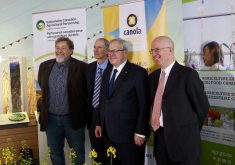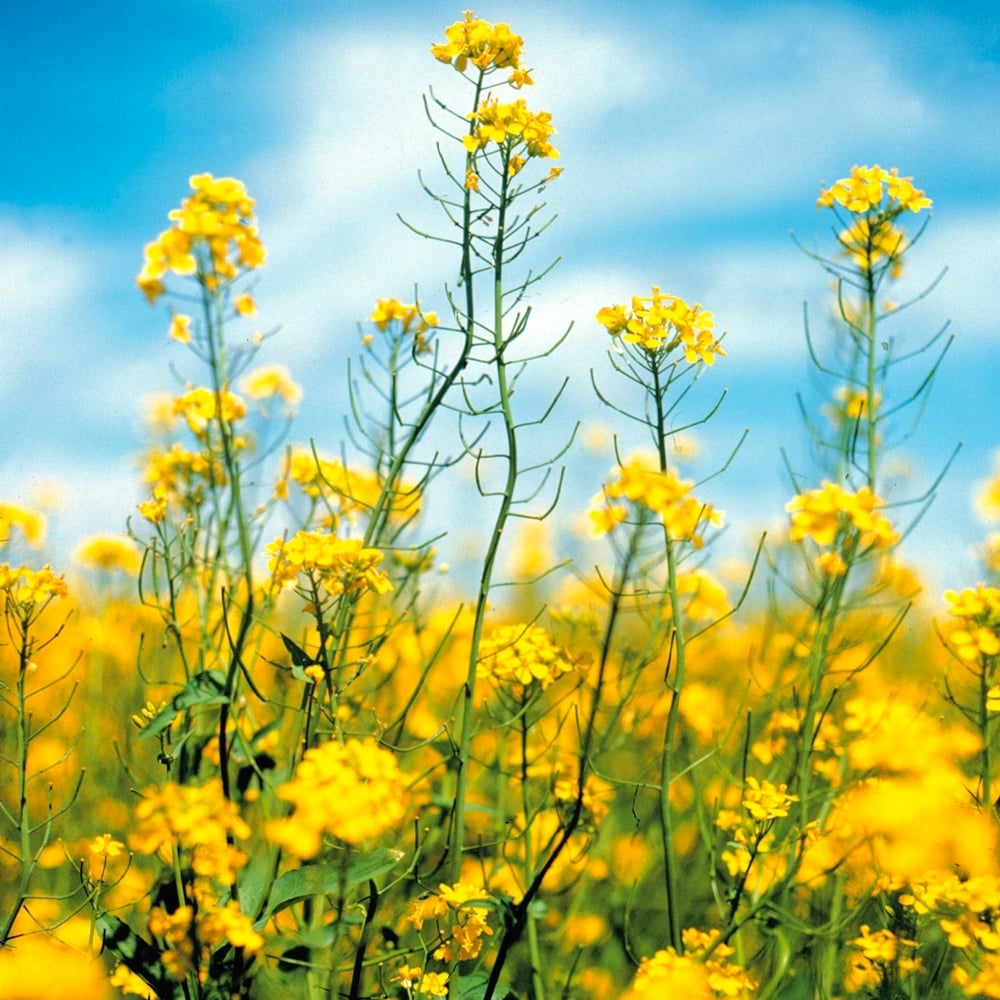“We’re quite
prepared to push this hard federally.”
– IAN WISHART, KAP
In the fall of 1999, at a Keystone Agricultural Producers general council meeting in Portage la Prairie, Ian Wishart proposed a radical idea: paying farmers to protect the environment.
The idea, called Alternative Land Use Services (ALUS), caught on. Wishart became its architect and KAP became its proponent.
The initiative argued producers and ranchers provide ecological benefits through land management practices. Since these are services to society, they should be paid for them.
Read Also

Manitoba sclerotinia picture mixed for 2025
Variations in weather and crop development in this year’s Manitoba canola fields make blanket sclerotinia outlooks hard to pin down
Years of lobbying government finally produced a three-year ALUS pilot project in the western Manitoba municipality of Blanshard. Similar pilots sprang up in Saskatchewan, Ontario, Quebec and Prince Edward Island.
ALUS became internationally known as a program to reward landowners for environmental goods and services.
Now, 10 years later, Wishart and a few others are struggling to keep the dream alive.
The Blanshard project is finished, an official evaluation has been sent to Ottawa and the federal government is sitting on the information, a KAP district meeting heard last week.
So far there’s no word on whether the government will fund future ALUS-type projects, much less support expanded programs, said Wishart, KAP’s president.
He expressed frustration that a program which started out with so much promise may be losing traction.
“All kinds of countries in the world are doing this sort of thing and we’re not here in Canada.”
Meanwhile, a provincial working group is trying to keep ALUS alive by developing a proposal for a province-wide program, using ALUS as a basis for it.
The committee consists of KAP, cattle producers, conservation groups and five provincial government departments. It has so far met four times and hopes to have a package ready by April 2010.
Wishart said the group is making headway. “We’d all like it to go faster but it’s showing progress from meeting to meeting.”
The group envisions a program involving all three levels of government. Conservation districts would be responsible for program delivery while the province would do the paperwork.
Although ALUS may no longer be high profile, the principle of financially rewarding farmers for good management practices is now generally accepted, Wishart said.
“We’ve definitely gone from highly public to working in the back rooms. But I think we’re getting real progress now. We’re not arguing about the concept. What we’re arguing about is the details of a program. That’s a step forward in my estimation.”
But the federal government must be involved for ALUS to work on a broad scale, said Wishart.
He said farm and conservation groups will try to make ALUS an issue if and when a federal election is called.
“We’re quite prepared to push this hard federally.”
The KAP district meeting heard frequent complaints from producers that government red tape makes their efforts to be environmentally responsible more difficult.
Envi ronmental farm plans, previously administered privately, are now run by the province, which requires farmers to surrender potential carbon credits in return for funding.
Wishart said the advantage of ALUS is that it is farmer driven and highly transparent.
“Farmers don’t want a highly complicated, difficult program. They want to keep it as simple as possible. And the public wants to know that their money is being spent in a proper way.”


















